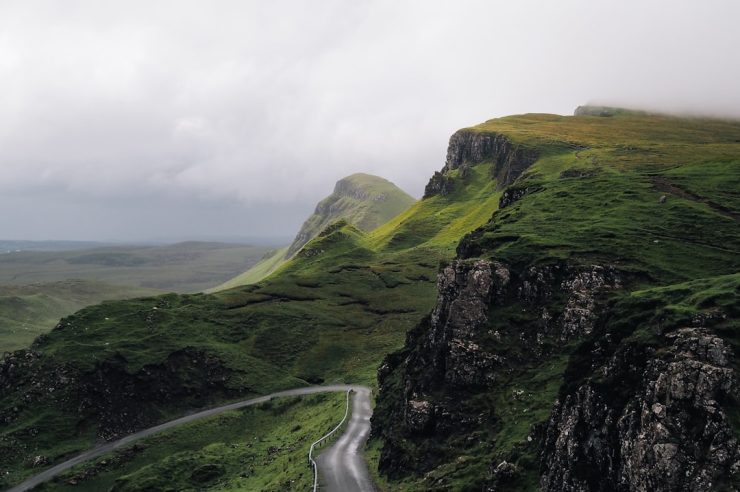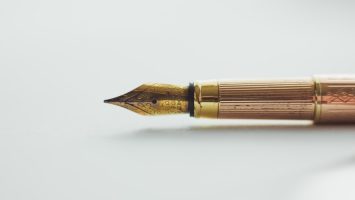In recent years, artificial intelligence has emerged as a transformative force across various industries, and the world of art is no exception. AI-driven art generators are reshaping the landscape of contemporary art, influencing how art is conceived, created, and consumed. These tools, powered by sophisticated machine learning algorithms, have prompted both excitement and debate within the art community, igniting questions about creativity, authorship, and the definition of artistic value.
The Emergence of AI-Generated Art
AI art generators such as DALL·E, Midjourney, and Stable Diffusion produce visual compositions based on textual prompts, opening up unprecedented opportunities for artists, designers, and creative thinkers. Using massive datasets of existing artwork and visual media, these systems can create original images with exquisite detail and stylistic coherence. While the technology is relatively new, its capabilities are advancing rapidly, blurring the lines between human and machine creativity.
[ai-img]ai generated painting, surreal landscape, futuristic style[/ai-img]
Impact on Contemporary Art Movements
AI’s influence is particularly visible within current art movements and trends. Many contemporary artists are integrating AI into their workflows, not merely as a tool, but as a collaborator in the creative process. This shift has given rise to new artistic currents, including:
- Generative Art: AI is being used to generate intricate, algorithm-driven artworks that evolve based on input conditions, leading to unique forms of visual expression.
- New Aesthetic: A movement characterized by artworks that reflect the digital and algorithmic nature of their creation, resulting in pieces that are simultaneously abstract, futuristic, and reflective of machine logic.
- Digital Surrealism: With AI’s ability to replicate and augment styles, artists are exploring vivid dreamlike visuals, pushing traditional surrealism into new territory aided by deep learning techniques.
Moreover, AI art generators have injected dynamism into conversations about post-modernism and post-humanism in art. The notion that machines can now “create” places emphasis not on the artist as sole creator, but on the system of inputs—data, code, algorithm—which challenges centuries-old views on authorship.
Changing the Role of the Artist
One of the most profound changes AI art generators have introduced is the evolving role of the artist. Rather than acting as the primary maker, artists now often assume the role of curator, editor, and orchestrator. The process begins with prompt engineering—carefully crafting text descriptions to control the algorithm’s output. The results are then refined, adjusted, or even reworked entirely to fit the artist’s vision.
[ai-img]artist at computer, digital art, artificial intelligence concept[/ai-img]
While some critics argue that this devalues the role of artistic skill, others view it as a natural evolution akin to the invention of photography or digital design tools. In both instances, new technologies expanded the definition of art and pushed the boundaries of what was considered possible.
AI and Democratization of Art
A less-discussed, yet vital aspect of AI-generated art is its democratizing potential. AI tools lower the technical barriers to entry, allowing individuals without formal artistic training to participate in creative endeavors. This inclusive element has generated a surge of creative output from diverse voices and backgrounds, challenging conventional hierarchies within the art world.
However, this democratization also raises concerns about saturation and authenticity. With the ease of generating visuals, distinguishing between deeply conceptual works and mass-produced content becomes increasingly difficult, posing challenges for curators, collectors, and critics alike.
Ethical and Legal Considerations
The rapid adoption of AI art generators has not come without controversy. Chief among the concerns is the issue of copyright infringement. Since many tools are trained on publicly available images—sometimes without explicit permission—it becomes difficult to ascertain ownership of derivative works. Additionally, artists whose work has been used as training data often find themselves uncredited and uncompensated.
There is also growing discussion regarding data bias and representation. Because AI generators learn from preexisting datasets, they may unintentionally reproduce cultural stereotypes or underrepresent minority perspectives. The challenge lies in developing more transparent and inclusive training models that better reflect the richness and diversity of global artistic traditions.
[ai-img]legal document, copyright, artist rights[/ai-img]
Conclusion
AI art generators are undeniably altering the course of contemporary art. Far from being a passing trend, their integration into the artistic process is prompting fundamental reassessments of creativity, legitimacy, and artistic value. As this technology matures, it will be crucial for artists, technologists, and institutions to collaborate in shaping ethical standards and preserving the integrity of creative expression. In doing so, we can ensure that AI remains a powerful tool for innovation, rather than a disruptive force that diminishes the human spirit behind the art.



